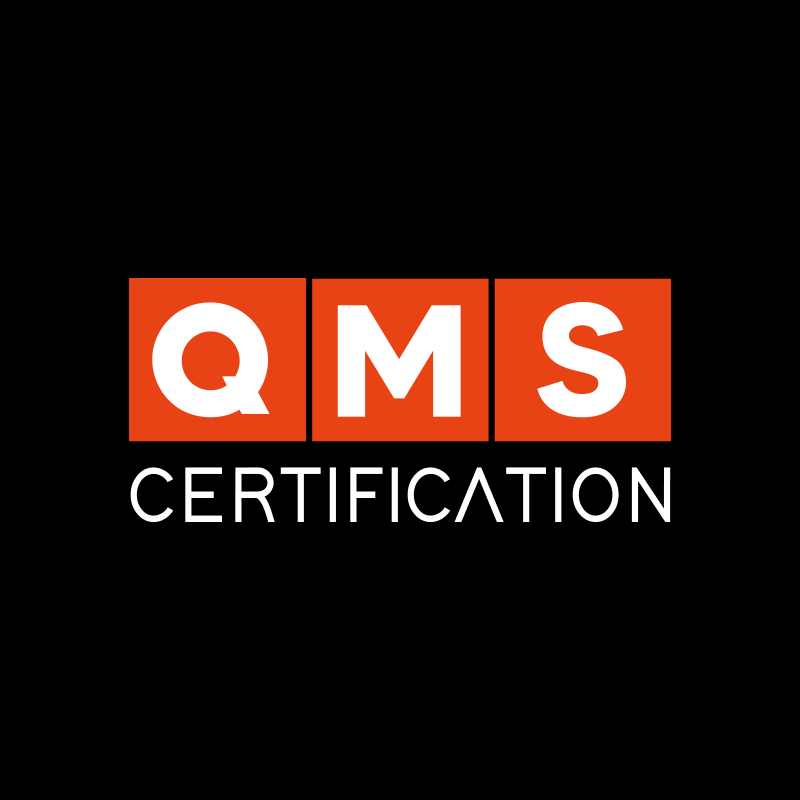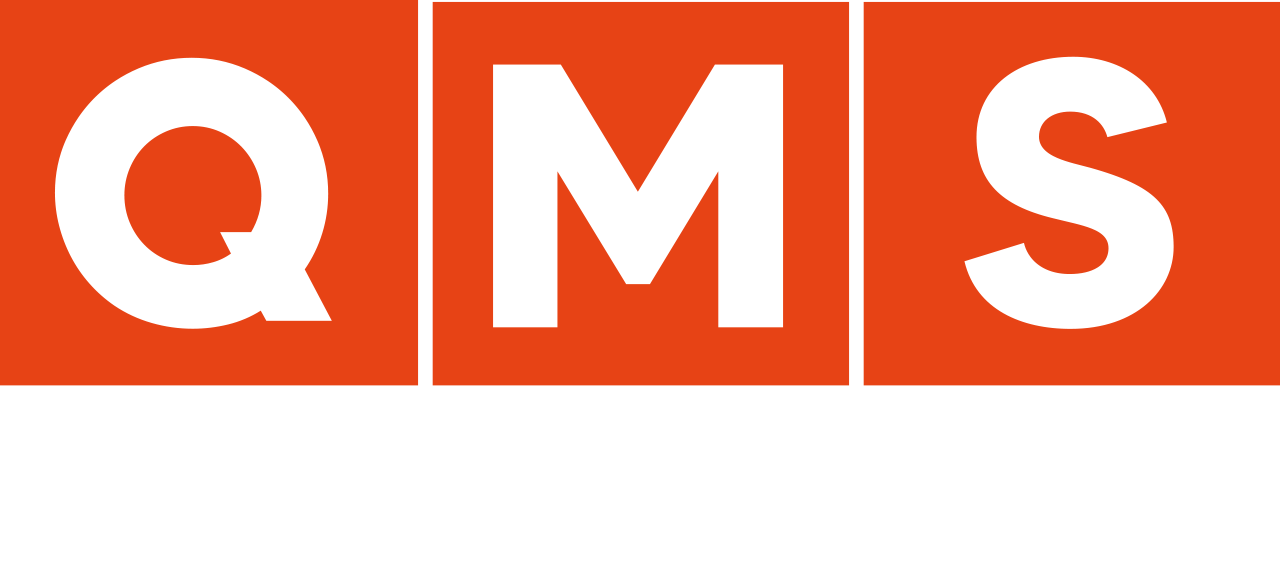In recent years, businesses are finding it increasingly difficult to differentiate against competitors. Becoming ISO certified opens up business opportunities to create a positive business image in the eyes of stakeholders and the community. Here, we go over the 4 stages to become ISO certified.
ISO certification ensures a business’ products and services are safe, reliable and of good quality. It’s a strong credibility factor worldwide, and is highly regarded among businesses, customers and all other stakeholders.There is no reason to get overwhelmed by the process of becoming ISO certified. The certification process contains five stages:
- Step One: Certification documentation
- Step Two: Developing a management system
- Step Three: Implementation
- Step Four: Auditing and ongoing improvements
 Step One: Prepare your documentation
Step One: Prepare your documentation
The first step to become ISO certified is to prepare your documentation. This is a key component of the process, as this is what organizations will scrutinise during the review process. The documentation needs to outline compliance objectives and the procedures the business will follow to ensure compliance with that specific ISO certification.
For example, the ISO 9001 standard ensures a business provides ongoing quality management. Without the appropriate documentation, the systems will not be successful. Once complete, an Accredited Conformity Assessment Body, such as QMS will review the documentation as part of the audit. This documentation will serve as proof your business is able to be ISO certified.
Step Two: Developing a management system
Next, your company must develop a management system which will need to be certified. Depending on the certification and business requirements, you may choose to develop a new management system to ensure long-term compliance. The next stage after developing a management system compliant of ISO certification involves implementing the system into your business.

Step Three: Implementation
The third step to becoming ISO certified is the implementation stage and it can be one of the lengthiest. In this phase, the ISO requirements become part of the organization itself. This stage will often require comprehensive staff training to ensure the management system is implemented effectively.
A compliance consultant can assist with the implementation requirements to help speed up the process of implementation by:
- Training employees
- Assessing business planning activities
- Developing a risk-based internal audit schedule
- Providing the initial and ongoing internal audit(s)
- Facilitating the management review meetings
QMS will complete an audit of your management system when your business has implemented the necessary procedures.
Step Four: Auditing and continual improvement
Auditing is an ongoing process. It’s conducted both internally and externally from the business to ensure processes remain compliant with ISO certification.QMS can provide multiple audits a year to ensure compliance. The benefits of ongoing audits include:
- The ability to identify new opportunities for more efficient processes
- Identify new challenges as they arise
- Quickly respond to new changes made to the certification
Business owners need to provide internal training to ensure staff and stakeholders are proficient in the process and can fulfil the objectives identified in the documentation stage.
Depending on the certification you choose, ISO certification can help your business increase efficiency, effectiveness, safety and customer loyalty. Following these four steps will ensure you are on the right track towards becoming ISO certified.
If your business is ready to gain the benefits that ISO Standards deliver, you can contact us here.










